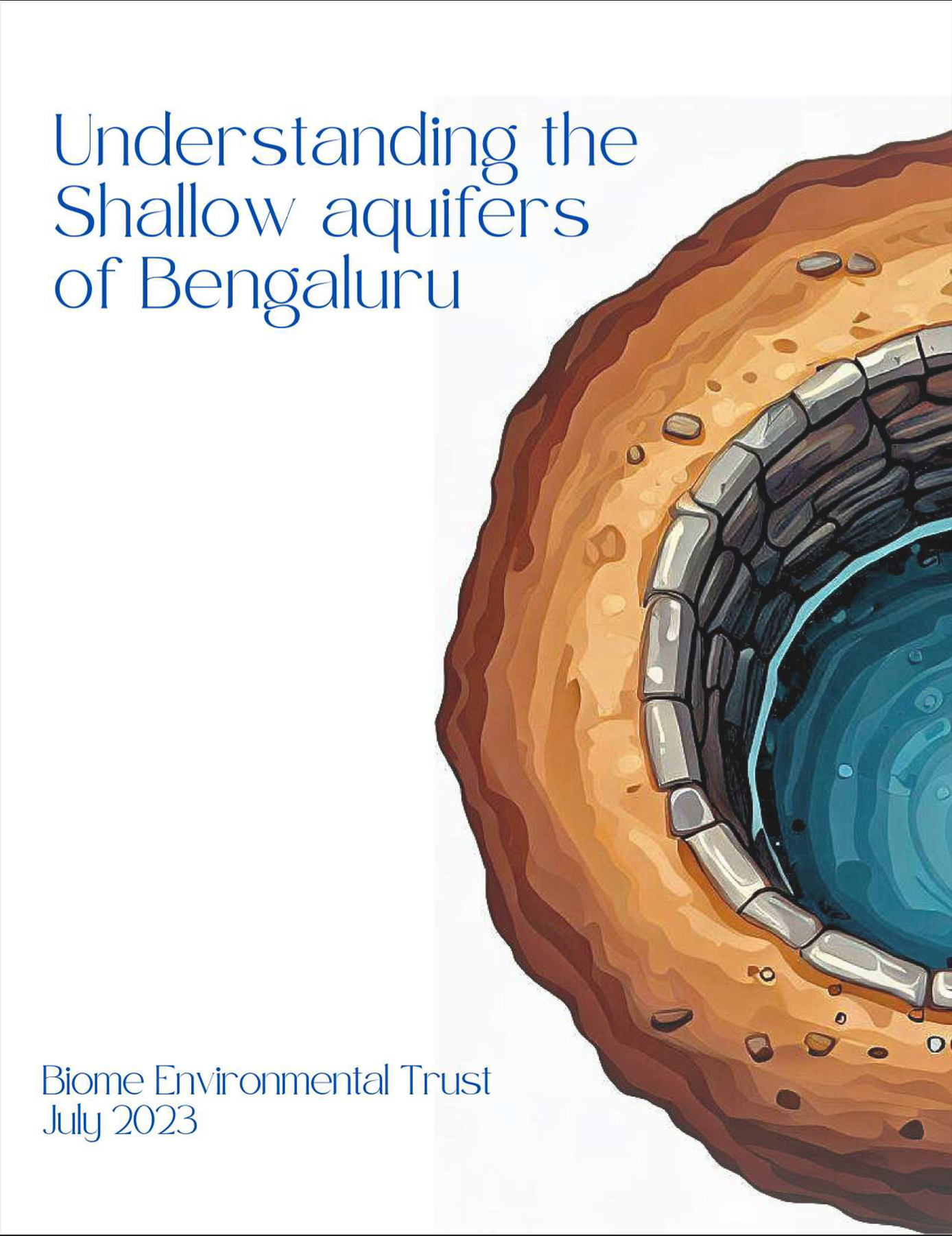Bengaluru Surface water/lakes
Lakes in Bengaluru city were numerous, especially as there were no rivers close by. Most of the lakes and tanks are manmade for purposes of drinking water, irrigation and fishing. The lakes also favourably influence the microclimate of the city. They were constructed in the sixteenth century by damming the natural valley systems by constructing bunds. The lakes have also served to replenish groundwater resources in the vicinity, which are tapped through wells for drinking water. The number of lakes in Bengaluru City have been on the decline.
Sewage and effluents fill the lakes, changing them from seasonal to perennial ecosystems and drastically altering their biodiversity. In low-rainfall years, the lakes are dry and choked with sewage; in high-rainfall years they overflow into blocked canals causing floods in the city.
There has also been a change in lake management and administration — from lakes managed by village communities living in their vicinity to formal governance structures imposed by city municipal authorities. This abruptly disengaged and alienated local communities whose lives were intertwined with the lake for generations. The Lake Development Authority (LDA) is an autonomous regulatory, planning and policy body for Protection, and Integrated Development of Lakes that are not in the BBMP’s purview.
In recent years, there have also been efforts to implement the public-private-partnership approach to lake management wherein resident welfare associations and citizen groups have joined hands with local communities.









